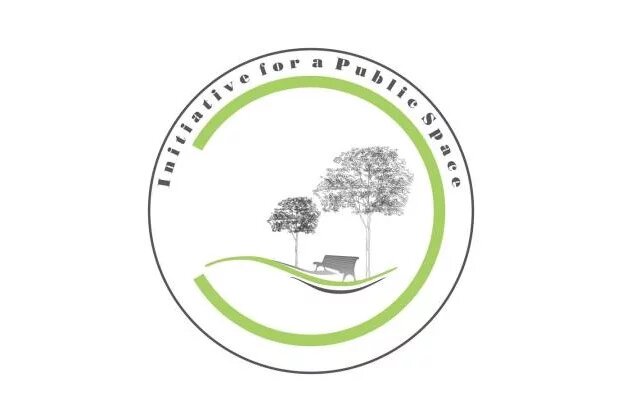
The civic activist movements emerged in recent years made it clear that cultural heritage, natural environment and space (urban) planning are objects for destruction.The recently developed civic activism showed two main results: a) It made feasible to identify and state problems, from society as well as from the state representatives; b) It became clear, that due to the extent of the problem, and due to the fact that the origins of the problem are to be sought in all three branches of the power, the most effective solution to the problem appears to be the systematic legal actions implemented within all three branches; The systematic legal actions are not taken because the nonprofit and activist sector lacks resources to take enough actions against massive problems in the field, thus, only famous violations happen to fall under the center of attention, while other relevant cases are left unattended. The important source of the problem is that the legislation in the field is flexible and it enables the state power to ignore the environment in order to maximize its economic profits.
To address the abovementioned problems and challenges non-governmental organization Initiative for a Public Space, in cooperation with the South Caucasus Office of the Heinrich Boell Foundation will implement the project: Legal Advocacy For Public Spaces.
The project aims:
- To revile the faults of legislation in the field of cultural heritage, urban planning and natural environment, through strategic litigation. To elaborate subsequent recommendations/amendments and to present it to bodies having relevant legal initiative.
- To inspire the awareness on topics of cultural heritage, urban planning and natural environment within judiciary and administrative bodies, through strategic litigation;
- To legally support grassroots and green NGOs through legal representation and consultation.
The project team shall be working on the cases, referring to natural environment (the part of the environment, consisting from interconnected natural elements and landscapes formed by them), the legal issues concerned with cultural heritage (monuments, historic landscapes), and space planning (zoning changes); The activities are divided in three main components:
- On The legislative level:
- Analyzing legal acts concerned with natural environment, cultural heritage and space planning;
- Advocating for the change of problematic legal acts, reviled as the result of the activity in 1.1. through civic activism on social networks, media, presentations to interested public and/or presentation to relevant administrative bodies;
- Participation on hearings of relevant committees of parliament presenting recommendations and relevant amendments.
- On the executive level:
2.1 Participation in public administrative hearings, presentation of relevant amendments and changes;
2.2 appealing the decisions of administrative bodies.
2.3 Taking legal actions against administrative violations.
3) On the Judiciary level:
3.1 Advising environment protection, grassroots and green civic movements to solve concrete issues, concerned with cultural and natural environment and urban planning;
3.2 Presenting court cases (appealing administrative decisions in court) on behalf of interested parties, grassroots and environmental protection organizations and/or organization’s own initiative.